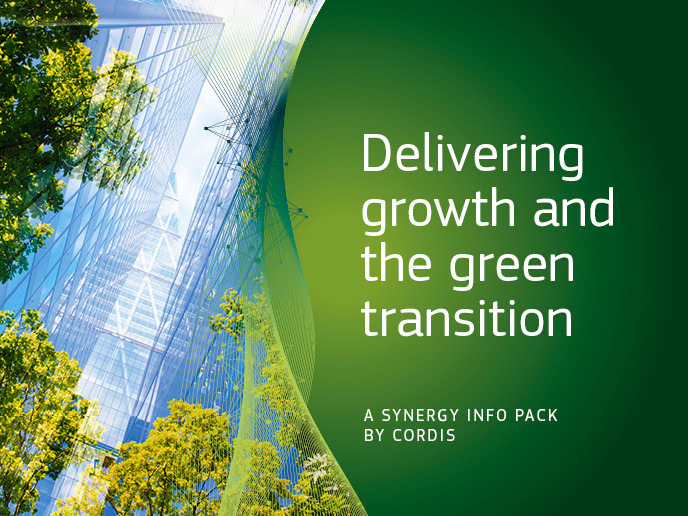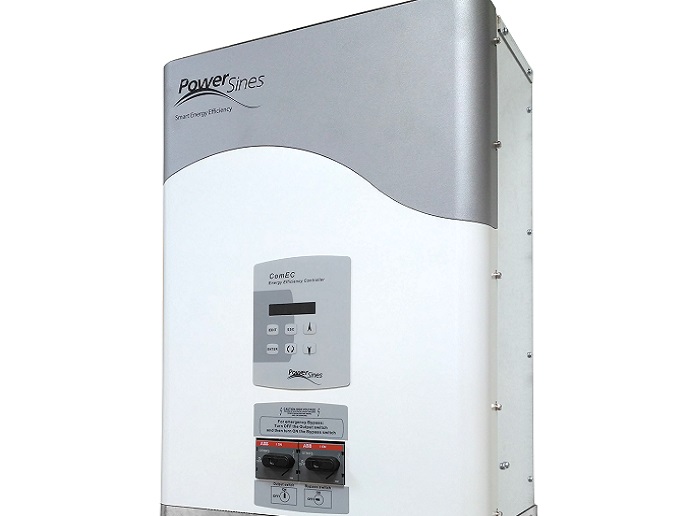Removing contaminants from landfill gas
Landfill biogas is a renewable energy source that typically refers to gas produced by the biological breakdown of organic matter in the absence of oxygen. The problem with landfill biogas is the trace amount of oxygen and hydrogen sulphide. Oxygen concentration must be reduced by safety issue (corrosion and risk of explosion) and regulations for injection in natural gas grid. Hydrogen sulphide causes corrosion issues in piping and equipment. The project NOO2(opens in new window) (NOO2 - Development of an efficient oxygen elimination technology for reducing oxygen content in landfill gas for fuel quality) offers an innovative process for purifying the biogas. In the process, the gas passes through a biotrickling filter filled with plastic packing material where bacteria are fixed and carried out the biological removal of oxygen and hydrogen sulphide. Partners are developing biotrickling technology that combines two biotrickling biofilters. Unlike state-of-the-art membrane separation technology for removing oxygen, the biotrickling reactor will be compatible with all kinds of biogas upgrading processes. It will require only the addition of cheap reagents. Additionally, nitrate-enriched wastewater can be used as a nitrate source, reducing nitrate concentration of the wastewater effluent. Eliminating the need for high-pressure units and expensive membranes, the new technology also decreases construction and maintenance costs of the system. In addition to having outlined the system technical specifications, partners have set up a laboratory-scale reactor. This should help determine the optimal process parameters and the control procedure that will be used in the pilot-scale prototype. Two biotrickling filters have been designed and constructed. Improved utilisation of landfill biogas is highly important for the future of the EU's energy market. Until now, the main bottleneck was lack of affordable and cost-effective upgrading technologies. Commercialisation of this new biotechnology for removing oxygen and hydrogen sulphide will create an economical method of turning landfill biogas into renewable natural gas.







